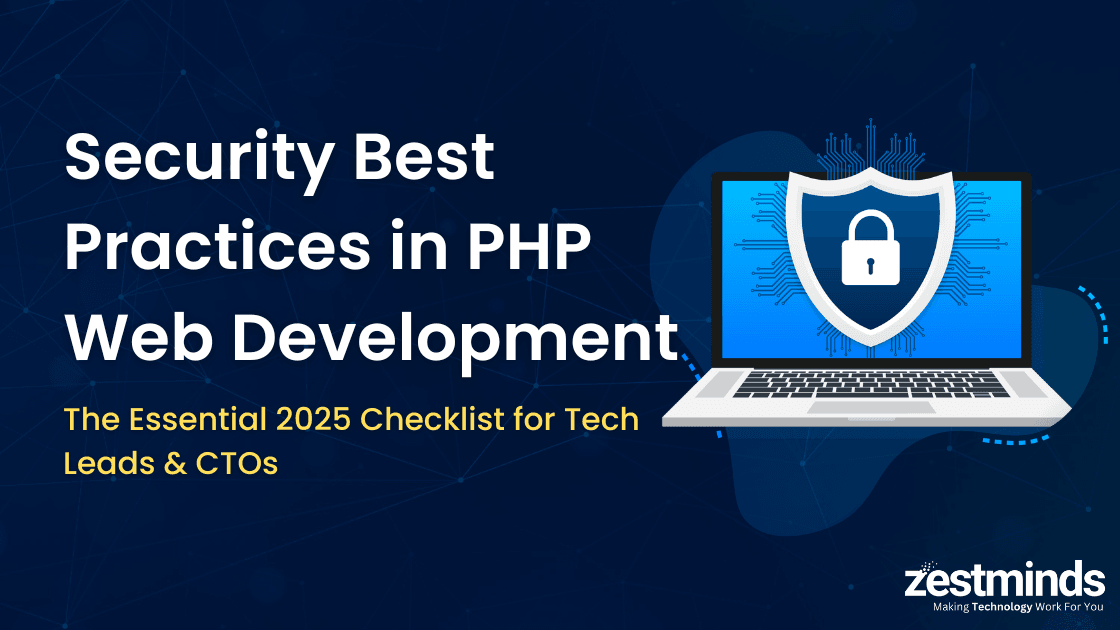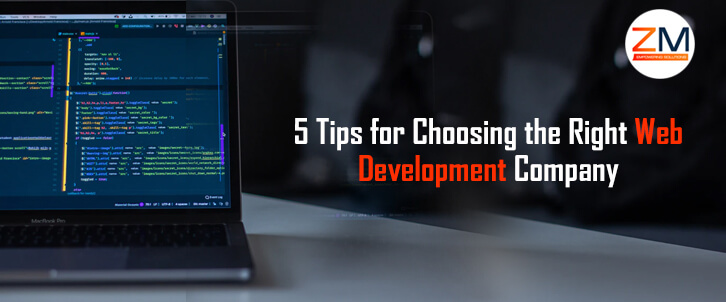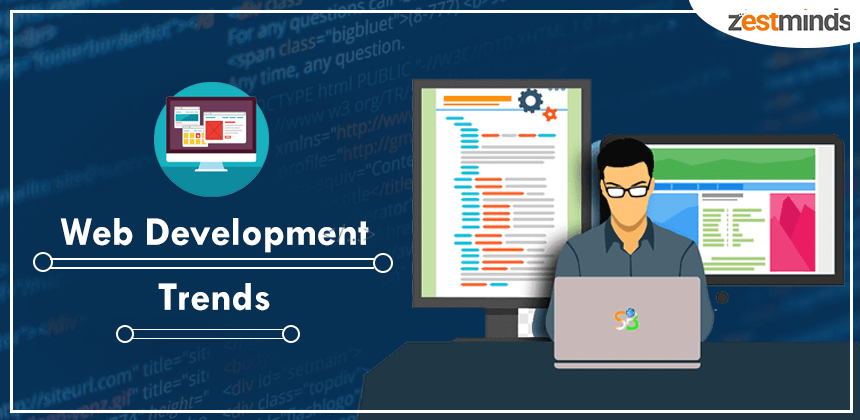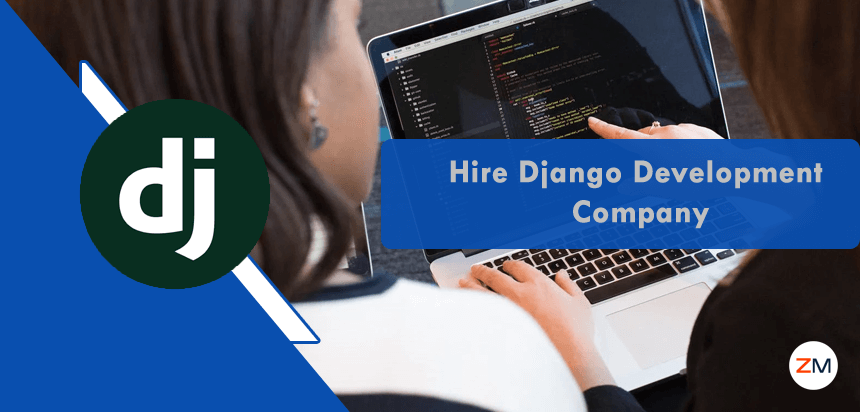Security Best Practices in PHP Web Development: 2025 Checklist
In today’s threat landscape, securing your PHP applications is no longer optional, it’s essential. This 2025 checklist distills key PHP security best practices, common vulnerabilities, and actionable tips for CTOs and security leaders. Get practical guidance to protect your platform, meet compliance, and stay ahead of attackers globally.

In the fast-evolving world of web development, PHP security best practices have become non-negotiable. For CTOs, tech leads, and security analysts in the US, UK, Canada, Australia, and Germany, staying compliant with global standards while safeguarding applications is mission-critical. This 2025 PHP security checklist will equip you with actionable strategies, real-world examples, and expert-backed insights to help you protect your PHP applications and position your company as a security-first leader.
Introduction: Why PHP Security Matters in 2025
Imagine your PHP app as a beautifully crafted house. But if the doors have weak locks or the windows are left open, it doesn't matter how gorgeous the interior is, it's a burglar's dream. That's what unsecured PHP code is like for cyber attackers. As threat landscapes evolve, especially with more sophisticated automated attacks, companies must embrace secure PHP development practices proactively.
Looking for inspiration before securing your PHP application? Check out our curated collection of top PHP website examples built for performance and scalability.
"Security is not an add-on, it's an integral part of software craftsmanship." - Senior Security Analyst, Berlin SaaS company
Top Vulnerabilities in PHP and How to Mitigate Them
PHP Security Readiness Progress
| Checklist Item | Status |
|---|---|
| Input Validation | |
| SQL Injection Protection | |
| XSS Mitigation | |
| Secure File Uploads |
1. SQL Injection
SQL injection attacks can leak, corrupt, or destroy data. The old school "1=1" trick still works if input is not sanitized.
How to mitigate:
- Always use prepared statements with PDO or MySQLi
- Never directly inject user input into SQL queries
- Example:
$stmt = $pdo->prepare('SELECT * FROM users WHERE email = :email');
$stmt->execute(['email' => $email]);
2. Cross-Site Scripting (XSS)
XSS allows attackers to inject malicious JavaScript into your site, targeting other users.
Prevention tips:
- Escape output (especially in HTML, JS, and attributes)
- Use libraries like htmlspecialchars()
- Implement Content Security Policy (CSP) headers
3. Cross-Site Request Forgery (CSRF)
CSRF tricks users into submitting unwanted requests.
Mitigation strategies:
- Use anti-CSRF tokens in forms
- Validate referer headers carefully
- Leverage frameworks' built-in CSRF protections
4. Insecure File Uploads
Allowing users to upload files can open a dangerous backdoor if not secured.
Checklist:
- Validate file types and MIME types strictly
- Store files outside web root
- Rename uploaded files and apply random names
- Set proper file permissions
Comprehensive 2025 PHP Security Checklist
Here's your go-to PHP security checklist 2025, bookmark it!
- Input validation on both client and server side
- Secure session management (e.g., use secure, HTTP-only cookies)
- Strong password hashing (e.g., Argon2 or bcrypt via password_hash())
- Enforce HTTPS across the application
- Regularly apply security patches and updates
- Implement proper error handling (no sensitive info leakage)
- Configure security headers (CSP, HSTS, X-Content-Type-Options)
- Limit file and directory permissions on the server
- Conduct regular PHP security audits
- Leverage tools like OWASP PHP Security Cheat Sheet for guidance
Best Tools & Libraries for Securing PHP Applications
PHP vs Laravel: Security Feature Comparison
| Feature | Native PHP | Laravel |
|---|---|---|
| CSRF Protection | Manual | Built-in |
| SQL Injection Prevention | Manual | ORM / Automatic |
| Input Sanitization | Manual | Filters/Validation |
| Security Headers | Manual | Middleware support |
- Paragonie/Random_Compat, Secure random number generation for older PHP versions
- PHPStan, Static analysis for catching bugs and potential vulnerabilities early
- Secure PHP Development Services, Get expert help for secure-by-design projects
- Laravel Development Services, Framework best practices and secure builds
Want to see a real-world example? Explore our Laravel CRM case study to learn how we delivered a secure, scalable PHP-based CRM platform.
Compliance and Regulatory Considerations for PHP Development
If your organization operates in regions like the EU, UK, Canada, or Australia, you must align with regulations like GDPR, UK DPA, PIPEDA, and APPs. For comprehensive audits, we recommend consulting trusted specialists like Auditzo for security and compliance reviews to ensure your PHP applications meet regional and global standards.
Mini-Summary for CTOs
Ensure security strategy is funded, roadmap-aligned, and championed from the top.
Mini-Summary for Security Analysts
Automate routine checks, prioritize critical CVEs, and integrate findings into CI/CD pipelines.
How to Conduct a PHP Security Audit
Here's a proven roadmap:
- Run static analysis tools (like PHPStan, Psalm)
- Scan dependencies for known vulnerabilities (e.g., using Composer Audit)
- Manually review key authentication, session, and input validation flows
- Simulate attacks via penetration testing (our Laravel Development Services team can assist)
- Document findings and track remediations
Pro Tip: Set up continuous auditing, don't treat it as a once-a-year exercise.
5-Step PHP Security Workflow
- Input validation on all endpoints
- Secure authentication and session management
- Database queries using prepared statements
- Proper error handling and logging
- Regular auditing and patch management
Frequently Asked Questions (FAQs)
What are the essential PHP security best practices for 2025?
Key PHP security best practices include input validation, secure session management, preventing SQL injection, using HTTPS everywhere, strong password hashing, and implementing strict file upload controls. Regular security audits and patching are also critical for all organizations, especially those operating globally.
How can I prevent SQL injection in PHP web applications?
To prevent SQL injection in PHP, always use prepared statements (PDO/MySQLi), never concatenate user inputs directly in queries, and validate all incoming data properly. Refer to PDO prepare documentation for implementation details and best practices.
Which security headers should I implement in PHP applications?
Recommended headers for secure PHP web development include Content Security Policy (CSP), HTTP Strict Transport Security (HSTS), X-Frame-Options, X-Content-Type-Options, and Referrer-Policy. These protect against common vulnerabilities like XSS, clickjacking, and information leakage.
Are there tools that can automate PHP security checks?
Yes, tools like PHPStan and Composer Audit help automate security checks for code and dependencies. You can also explore our Secure PHP Development Services for expert-led reviews and actionable recommendations tailored to your stack.
How often should PHP applications undergo a security audit?
We recommend conducting a PHP security audit at least quarterly, or immediately after major releases or dependency updates. Our Laravel Development Services team can help secure your Laravel-based apps as part of an ongoing audit program.
Ready to Take Action?
Take control of your application's security posture today:
- Book your free PHP security audit consultation
- Contact us to receive our exclusive PHP Security Checklist + Audit Template
- Need a compliance-first partner? Check out Auditzo for automated compliance audits.
Protect your business, your users, and your reputation, before attackers find vulnerabilities first.
Stay informed and proactive: Subscribe to our newsletter for PHP security updates.

Rajat Sharma
About the Author
With over 8 years of experience in software development, I am an Experienced Software Engineer with a demonstrated history of working in the information technology and services industry. Skilled in Python (Programming Language), PHP, jQuery, Ruby on Rails, and CakePHP.. I lead a team of skilled engineers, helping businesses streamline processes, optimize performance, and achieve growth through scalable web and mobile applications, AI integration, and automation.
Stay Ahead with Expert Insights & Trends
Explore industry trends, expert analysis, and actionable strategies to drive success in AI, software development, and digital transformation.


